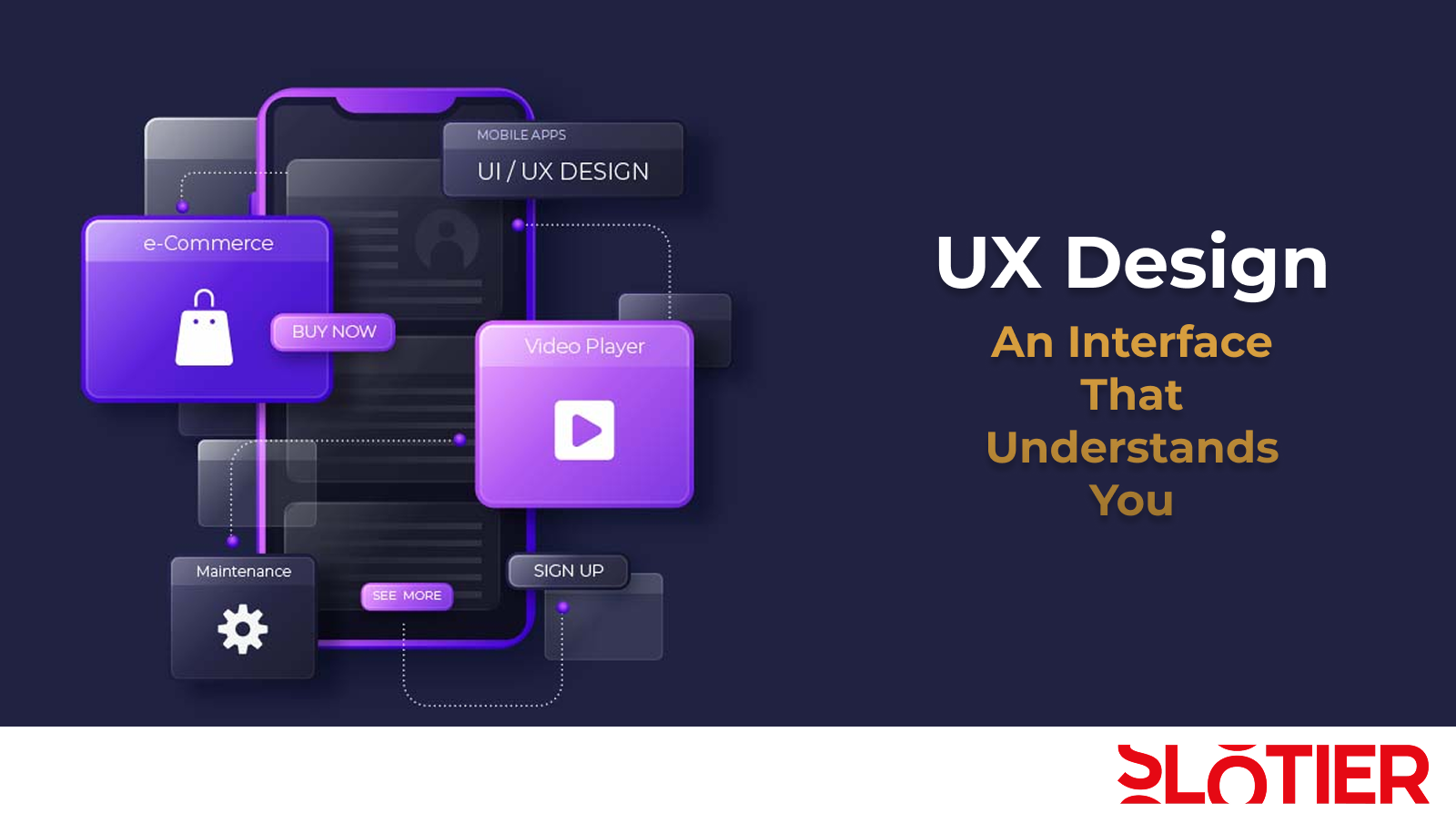What Online Casinos Have Learned from Architecture?
.png)
Architecture is not just about walls and a roof. It is a system of signals, flows, and accents that shape human behavior. In the gambling industry, the architectural approach has long been a way to manage attention. Land-based casinos use spatial techniques to immerse the visitor in a special atmosphere: dim lights, winding routes, absence of windows and clocks. Everything is designed for one thing — to create a sense of engagement and prolong the stay.
Similar principles work in an online environment, but they are transmitted through an interface. Modern platforms are designed as digital spaces in which form determines no less than content. The interface is modern architecture built entirely from pixels.
Spatial Behavior: From Physical to Digital
A physical casino rarely allows you to walk in a straight line. The space is wrapped, divided into zones, and directs the user to slots, bars, or shows. These approaches have also been adapted in digital design: instead of carpets and corridors, there are buttons, modules and the logic of the arrangement of elements.
The main menu, category navigation, and recommendation blocks on the platform are not randomly located — each element is designed with digital routes in mind. The interface of the Slotier Online Casino demonstrates an approach in which each element directs attention: what to open, where to go, what to choose first.
How Interface Design Influences Behavior

Designers are increasingly using behavioral UX. This is an approach in which the interface is not just convenient, but promotes a certain type of interaction. In the Slotier structure, this is expressed in the absence of overload: instead of visual noise, there are distinct categories, intuitive navigation, and elements that hold attention without pressure.
Minimalism, which has moved from architecture to digital design, is becoming the new standard. It reduces fatigue, makes the interface transparent and easy. Modern online casinos aim to be more than just copies of land-based halls — they strive to be calmer, more convenient, and more intuitive. This idea is also implemented on Slotier Casino, where the visual environment is tailored to the needs of the user.
Digital space with zoning logic
In a physical casino, the zones are set up for different types of players: slot machines, tables, VIP halls. In the interface of online platforms, zoning is also relevant, only its elements are game blocks, bonus sections, and personal offers.
Gamification helps to create a sense of movement within the platform. The user progresses through levels, performs mini-tasks, and accumulates points. All this functions as a digital journey that keeps the player moving forward. On Slotier, such mechanics are integrated into navigation without distracting from the main process.
Between attention and overload
A good interface is about balance. If the design becomes too aggressive, it loses credibility. Large platforms are increasingly opting for an ethical UX, where transparency, control, and respect for the user are important.
Slotier features time limits, deposit limits, and reminders promoting responsible play. This approach is akin to architecture, which cares not only about the visual part, but also about the well-being of those inside.
The new aesthetic of online entertainment
.png)
Modern digital products, including online casinos in Canada, are increasingly moving away from visual overload. Instead of neon flashes, there are soft colors, intuitive navigation, and logic that is easy to grasp on the go. This is no longer a simulation, but an independent genre in digital design.
The Slotier platform fits into this trend. Not only functionality is important here, but also emotional comfort. The visual style, animations, and sound design are all tailored to the user's perception. This is an interface that works for humans.
When an interface becomes an environment
The interface is no longer a set of buttons. It's a place where a person spends time. It’s important that the space is organized logically, clearly, and ethically.
On Slotier, the user doesn't just interact — they move, explore, and return. All this happens within the framework of an interface that manages attention through structure, aesthetics, and rhythm.
This understanding of design brings digital casinos closer to architecture. And even if there are modules instead of walls, swipes instead of corridors, the essence remains the same: to create a space in which you want to stay, but without making you lose sight of yourself.
